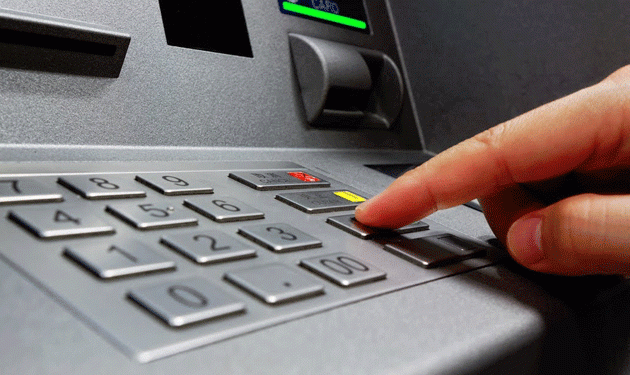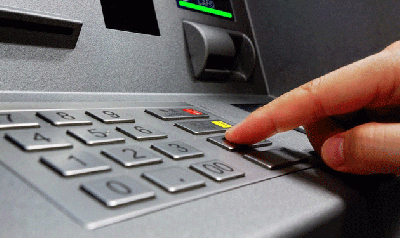Several financial experts attribute the lack of public protests in Lebanon against the deteriorating economic conditions to the fact that a significant portion of the population has not genuinely been impacted by the crisis; in fact, some have benefited from it. Many people, both inside and outside Lebanon, find it surprising that the uprising of October 17, 2019, occurred after the government decided to impose a fee for the use of WhatsApp, when the dollar was worth 1,500 LBP. Today, as the dollar approaches 50,000 LBP, there seems to be no public readiness for a new uprising, despite the fact that a large part of the Lebanese population still has their money trapped in banks and basic services are experiencing a drastic decline.
Economic researcher Dr. Mahmoud Jabari states that "80% of Lebanese are not affected by the rise in the dollar exchange rate but rather benefit from certain disparities in purchasing power." He explained in a statement to "Asharq Al-Awsat" that "if a large number were not unaffected by the crisis, the GDP would not have risen by 2-3%." Jabari clarifies that "a significant portion of the people were already receiving amounts in dollars before the crisis, and these can be classified as unaffected."
He adds: "About 25% of Lebanese (225,000 families) receive external remittances ranging from $500 to $600 million monthly. Additionally, 15% receive salaries from parties, associations, and UNIFIL... The beneficiaries include dollar traders, currency exchangers, and 10% benefit monthly from the ‘Sayrafa’ platform.”
The Lebanese Central Bank launched the "Sayrafa" platform in 2021 for conducting foreign currency exchange transactions, primarily in US dollars, with the bank determining the exchange rate. At the end of the year, a new rate was announced at 38,000 LBP per dollar, despite the parallel market nearing 50,000. Thousands benefit from "Sayrafa" by purchasing dollars at 38,000 LBP and selling them on the black market.
Researcher Mohammad Shams Al-Din from the “International Information Company” notes that "the crisis has created both beneficiaries and victims. The main beneficiaries are individuals, institutions, and banks using the ‘Sayrafa’ platform to buy dollars at one price and sell them at a higher price, leading to monthly profits in billions of Lebanese lira. It is important to point out that this is a large privileged group in banks that facilitate their operations. This benefit can be classified as illicit advantage."
Shams Al-Din mentions in a statement to "Asharq Al-Awsat" that "those receiving dollar remittances from abroad have benefited legitimately, and we estimate this number to be around 250,000 Lebanese families." He adds, "The World Bank estimated in 2022 that the amounts reaching these families are approximately $6.8 billion annually, knowing that we suspect the real figure is double due to the lack of trust in money transfer companies and banks, leading to part of the funds being sent through travelers."
Shams Al-Din points out that "around a million Lebanese enjoy a high living standard, while the affected are in the millions, especially depositors, whether in lira or dollars." He clarifies that "the social structure of the Lebanese has changed in the past three years; what used to be 5% of wealthy individuals, 70% in the middle class, and 25% poor has now shifted. Current figures indicate that the wealthy class remains at around 5%, while the middle class has dropped to 40%, and the proportion of the poor has risen to 55% according to the traditional definition of poverty - that is, individuals or families whose income does not allow them to meet their basic needs."
According to the World Food Programme, more than half of the Lebanese population now needs assistance to cover their food and other basic needs. The emergency social safety net support project by the World Bank in 2021 indicates that the poverty rate in Lebanon ranges from 22% to 25%, with poverty defined for individuals who earn less than $2.15 per day.




